New smelting reduction process to recover Co, Ni, Mn, and Li simultaneously from Li-ion batteries
Green Car Congress
NOVEMBER 8, 2020
A team from metals research institute SWERIM in Sweden reports on a smelting reduction process to recover cobalt, nickel, manganese and lithium simultaneously from spent Li-ion batteries. The absence of a slag allows a nearly 100% recovery of Co, Ni, and Mn in the formed alloy and a nearly 100% recovery of lithium in the flue dust.


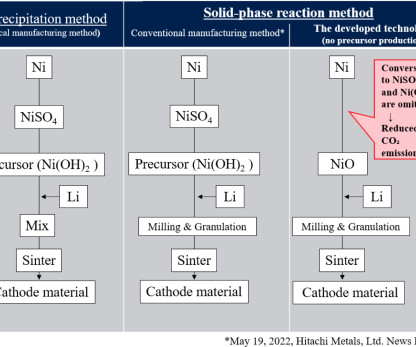
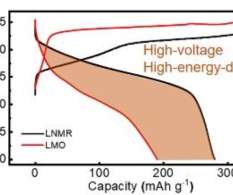

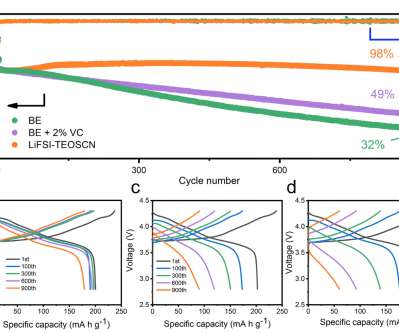

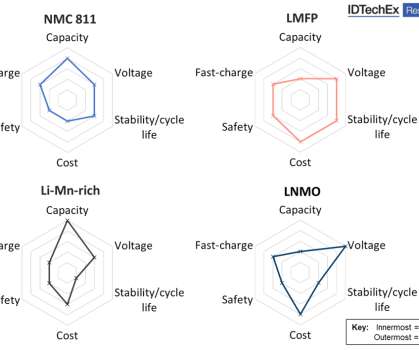
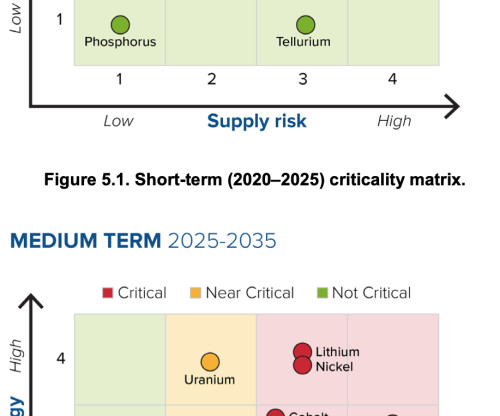


















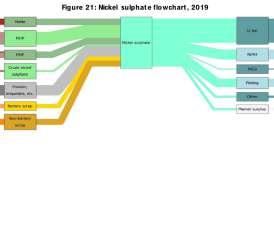
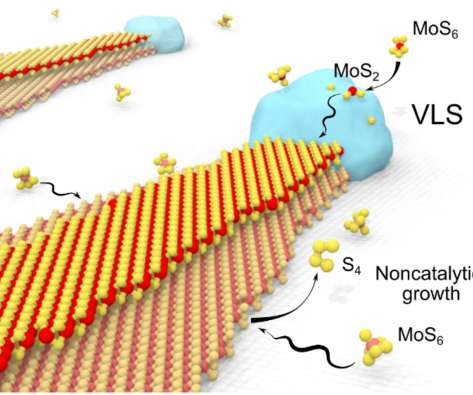


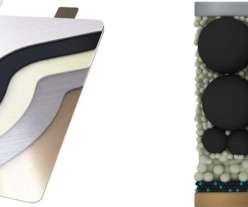

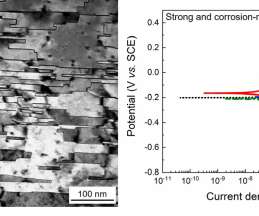
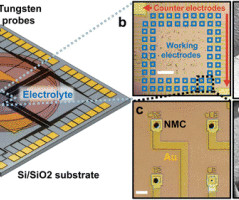
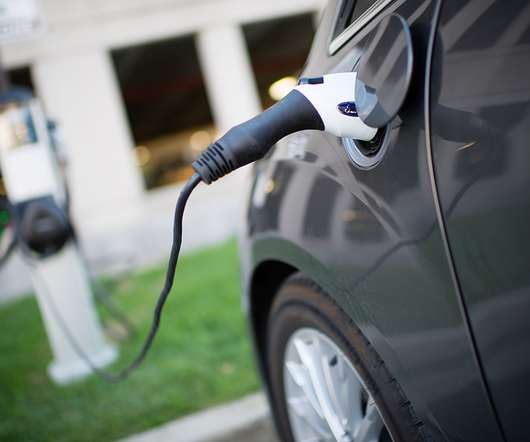






Let's personalize your content